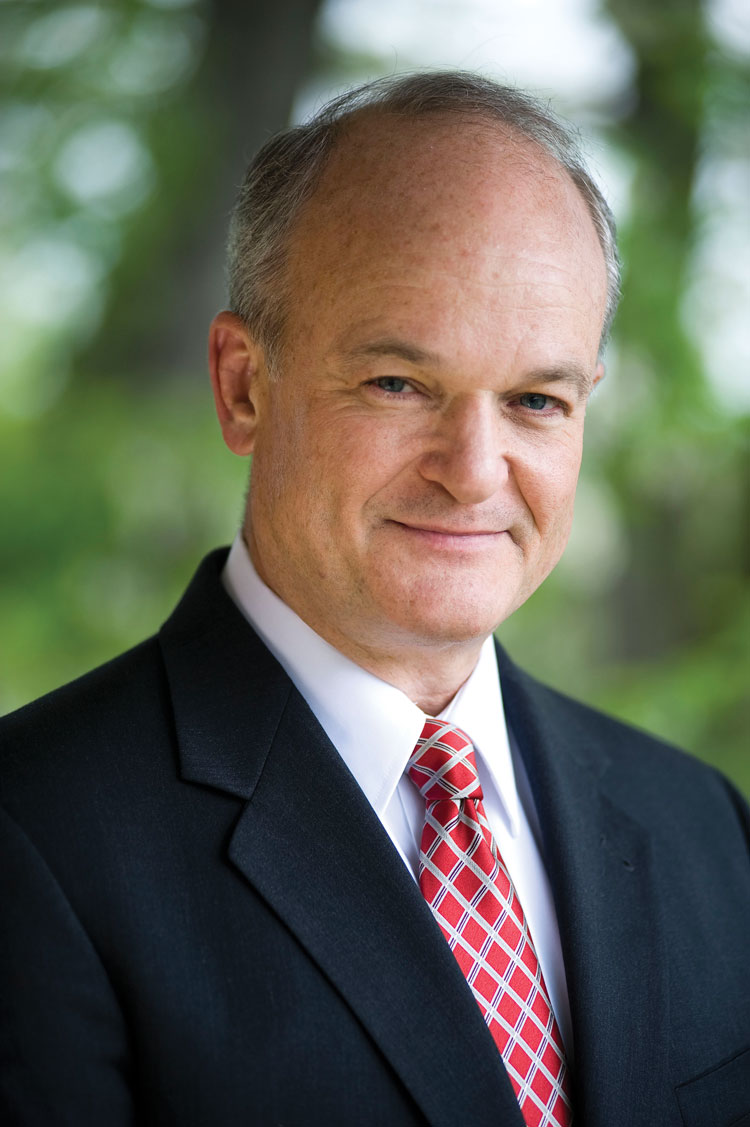A new structure for the ABA staff

Photograph of Jack L. Rives courtesy of the Executive Director's Office
With more than 3,500 entities supported by 900 staff and thousands of volunteers, the American Bar Association is an incredibly complex organization.
Its current structure of divisions, committees, commissions, task forces, working groups, and other entities can make the ABA extraordinarily difficult to comprehend and costly to manage. As we face declining dues-paying membership and an increasingly complex marketplace, it’s imperative that the ABA transform to better meet the needs of our members, the legal profession, and the public.
One immediate change we can make is the organization of staff. Building on the efforts and guidance of the Board of Governors and other volunteer leaders, I have worked with senior staff to implement a significant staff restructure. This reorganization involves much more than merely moving groups around a chart. The new construct refocuses staff support to the Association through nine Centers based upon our Four Goals.
The Association’s Goal I is to serve our members. Three Centers have been developed to help focus on this critical area. The Center for Operations and Finance is principally involved with the operational and financial aspects of the Association, including staff led-functions. The new Center for Member Engagement emphasizes improving interactions with members and potential members through recruitment, retention, communications, and services. The Center for Member Practice Groups is comprised of the ABA’s Sections, Divisions, and Forums. This Center presents opportunities for efficiencies, including some consolidation of staff support. It will operate in a streamlined fashion, featuring reduced administrative burdens and processes and emphasizing value-added oversight.
Goal II for the ABA is to improve our profession. Three Centers have been established to advance such efforts. The Center for ABA Policy and Governance directly supports the leadership of the Association, including entities responsible for the creation of ABA policies. The Center also provides support to state, local, and specialty bar associations and the national organizations representing bar association leadership and staff. The Center for Access to Justice and the Profession will maximize collaborative efforts and innovative approaches for the delivery of legal services. Center entities will also work to enhance the public’s awareness of the law and the legal profession. The Center for Accreditation and Education provides guidance and approval for a variety of organizations that educate legal professionals.
Goal III of the ABA is to eliminate bias and enhance diversity. The Center for Diversity in the Profession advances this objective and provides the critical support necessary to ensure the Association and the profession represent the rich diversity of our society.
ABA’s Goal IV is to advance the rule of law around the globe. The Center for Global Programs focuses on this effort. It includes the Center for Human Rights and the Rule of Law Initiative. The Center for Public Interest Law represents those who are underserved by the profession, addressing the legal issues at the root of many problems. This Center also provides the infrastructure for effective legal services and systems, and shares best practices with lawyers and legal services organizations, while providing an additional connection to the ABA.
By structuring the ABA staff around our Four Goals, we will enhance our effectiveness as we serve individual attorneys and the profession overall. This structure also helps us make better decisions about allocating resources. This is an important step in the transformation of the ABA so that it will remain the premier voice of the profession for decades to come.



